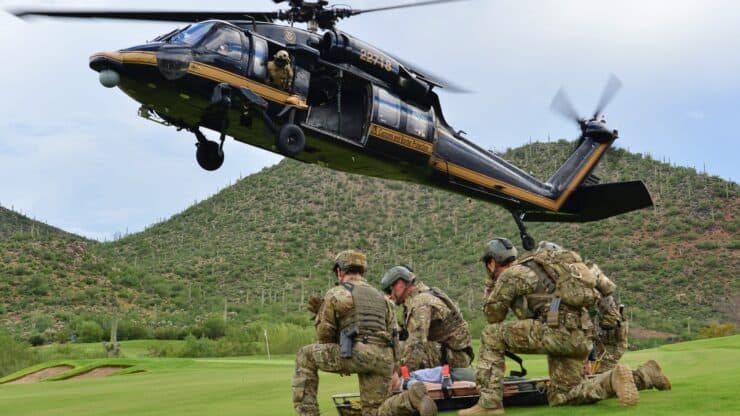

Who pays for a backcountry rescue?
Every year, more hikers hit the trails and enjoy the outdoors. New technologies allow them to call for help and access search and rescue. Some people use this responsibly, and some don't. Those that don't are causing some states to consider charging for search and rescue. So who pays for a backcountry search and rescue?
- When to ask for help in the backcountry
- How much does a backcountry rescue cost?
- Avoid being judged negligent
- The 24 hour myth
I contacted National Association for Search and Rescue, and its Executive Director, Chris Boyer, was gracious enough to discuss the question and offer a practical answer.
You don't pay for rescues, but you may pay for negligence.
We'll dive deeper in a second so that you can be confident in what that means.
When to hit the SOS button
This is another excellent question, and it applies to hitting the SOS button, dialing 911, or hitting the button on a PLB in the backcountry. In an earlier guide, I contacted the Los Angeles County Sheriff's Department search and rescue, and they provided another succinct answer.
Ask for help when you are unsure of a safe outcome.
If we look at the data Garmin released summarizing 10,000 inReach rescues, people are hitting the SOS button in the backcountry for three main reasons.
- Injured or sick
- Lost or stuck
- Vehicle issues
Don't hesitate to hit the button
An overwhelming sentiment shared with me by search-and-rescue personnel is that they don't want you to hesitate to ask for help because you think there might be a cost involved. Rescues are non-judgemental, and you can get them if you genuinely need help. You waste time by delaying asking for help, which is a valuable commodity in a rescue situation. As time progresses, a health condition can deteriorate, or you could lose daylight that would help find you.
What does a backcountry rescue cost?
When looking at costs, it's essential to understand that the rescue costs are the evacuation costs from the backcountry to the front country. For example, a crew taking you out in a litter (stretcher) to an ambulance at a trailhead. If you get picked up by a (front country) ambulance there, that ambulance ride is not part of an evacuation. Sometimes you may be transported directly to a hospital, for example, if you are in bad shape and picked up by a helicopter. That would be part of a backcountry rescue.
Because 99.9% of search-and-rescue workers are volunteers, you usually don't have to pay for the people's costs. The costs of a search-and-rescue come from hard costs, such as flying an aircraft. While costs vary, most search-and-rescue efforts utilizing a helicopter for a few hours will be in the $5,000 to $10,000 range. It can be more if a rescue takes longer than a few hours.
Search-and-rescue volunteers donate their time and risk their lives to help others and pay for their own gear and training. Please consider supporting your local search and rescue department.
If you want to remove the possible cost of a rescue altogether, opt-in to the Garmin inReach search-and-rescue insurance. If you're not an inReach user, check out the insurance offered to American Alpine Club members.
What is negligence?
Negligence was tricky for me to wrap my head around in the backcountry. For example, negligence for an experienced backcountry hiker is different than for someone who just started hiking. The standard that negligence is measured against is the reasonable person standard. What would a reasonable person do in the same situation?
I studied dozens of backcountry negligence charges (or threatened charges) and the majority of them involved ignoring warning signs. For example, hiking on a trail that was closed. There were a few instances where negligence meant being grossly unprepared. It was clear that if you respect the signs and closures, and prepare for a hike, you should be okay.
Avoiding Negligence in the Backcountry
It's not enough to just show up for a hike, you should do at least a small amount of homework to ensure that the hike will be safe.
- Research the hike by reading guides and trip reports to know what to expect.
- Know that the climbing and distance are something you can handle.
- Check the park website and social media for any alerts or closures.
- Check the weather for the hike.
- Carry the 10 hiking essentials.
- If you can afford one, carry a satellite communicator like a Garmin inReach.
The backcountry is not the place to push yourself. A common factor that I observed when looking at rescues was that people went past their abilities, whether a skill or a physical one. Practice skills closer to home and train for hikes before you hit the trails.
The 24-hour myth
Television shows have perpetuated the myth that you must wait 24 or 48 hours to report a missing person. This is not true. If you know that a loved one hasn't returned from a hike when they should have, call local law enforcement and start (an official) search-and-rescue effort. People sometimes post a "missing" notice on social media and are solicited by people who offer to help. Generally, this help is not professional; it gives the family a false sense of security and only delays an official search-and-rescue effort.
Need More Info?
- Have a question about the guide? Join my Patreon and ask me a question.
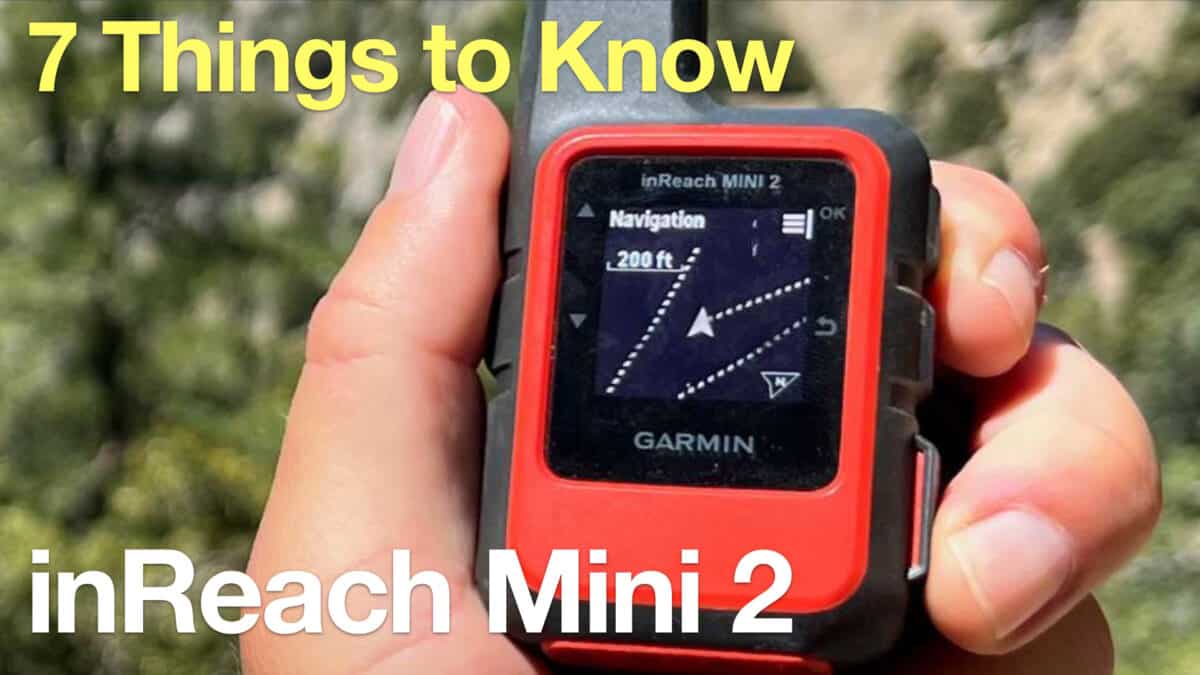 Garmin inReach Mini 2 Review for Hikers
Garmin inReach Mini 2 Review for Hikers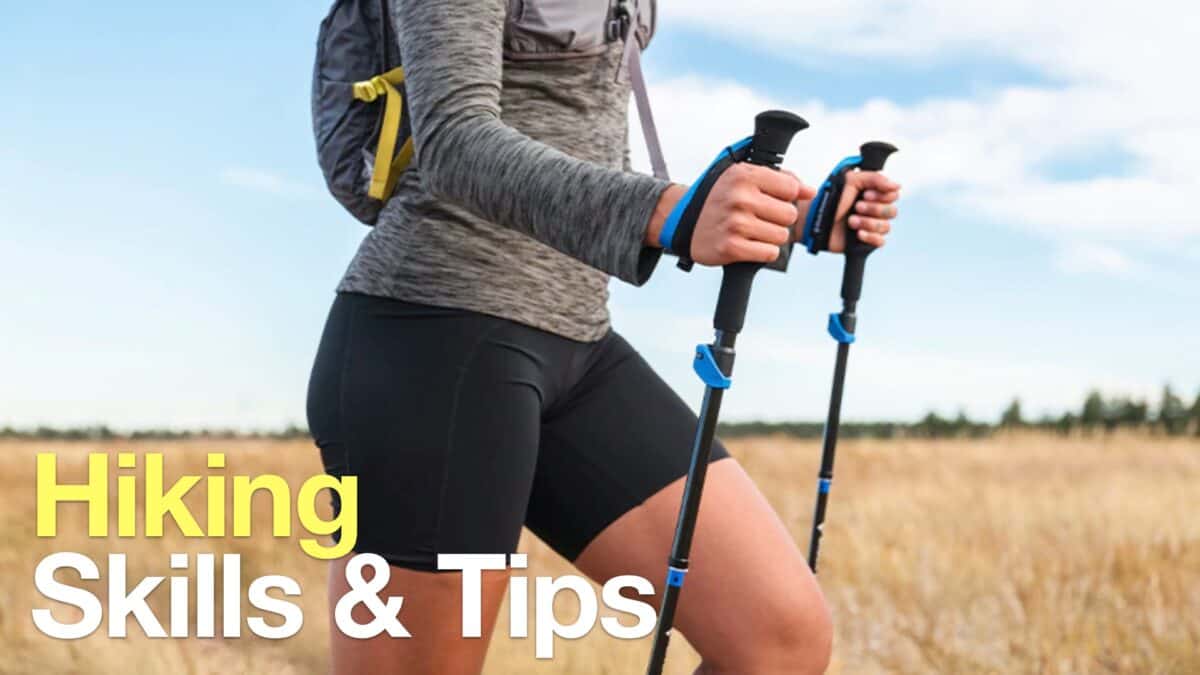 How to Hike
How to Hike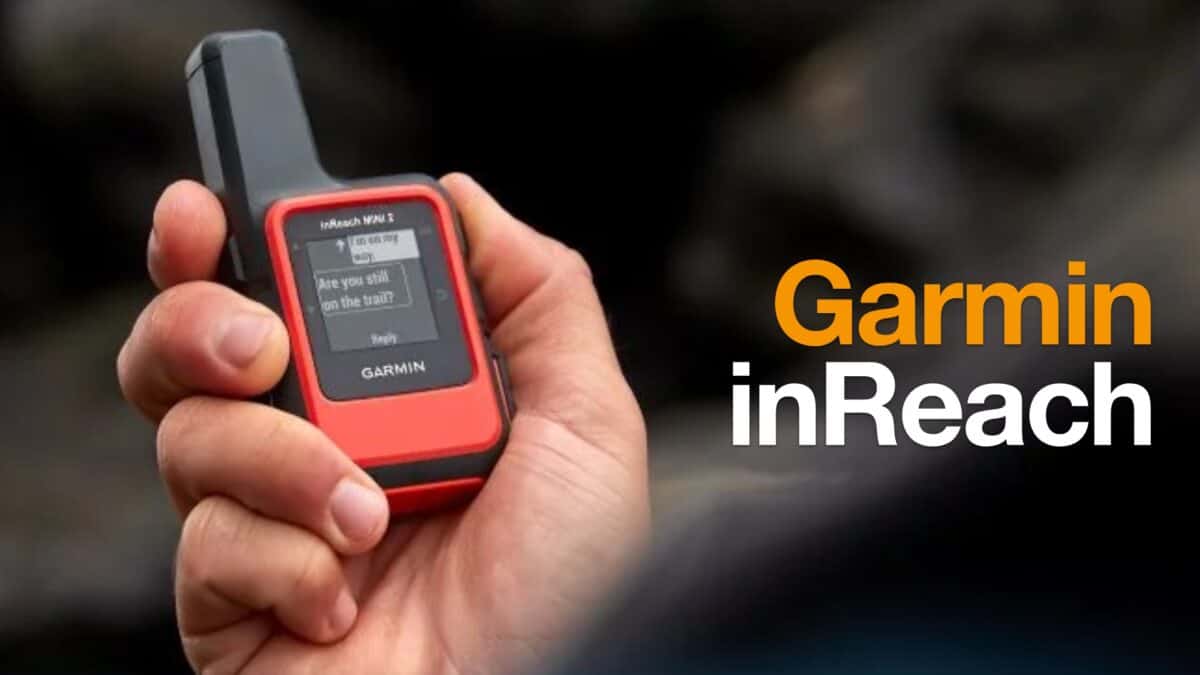 Garmin inReach
Garmin inReach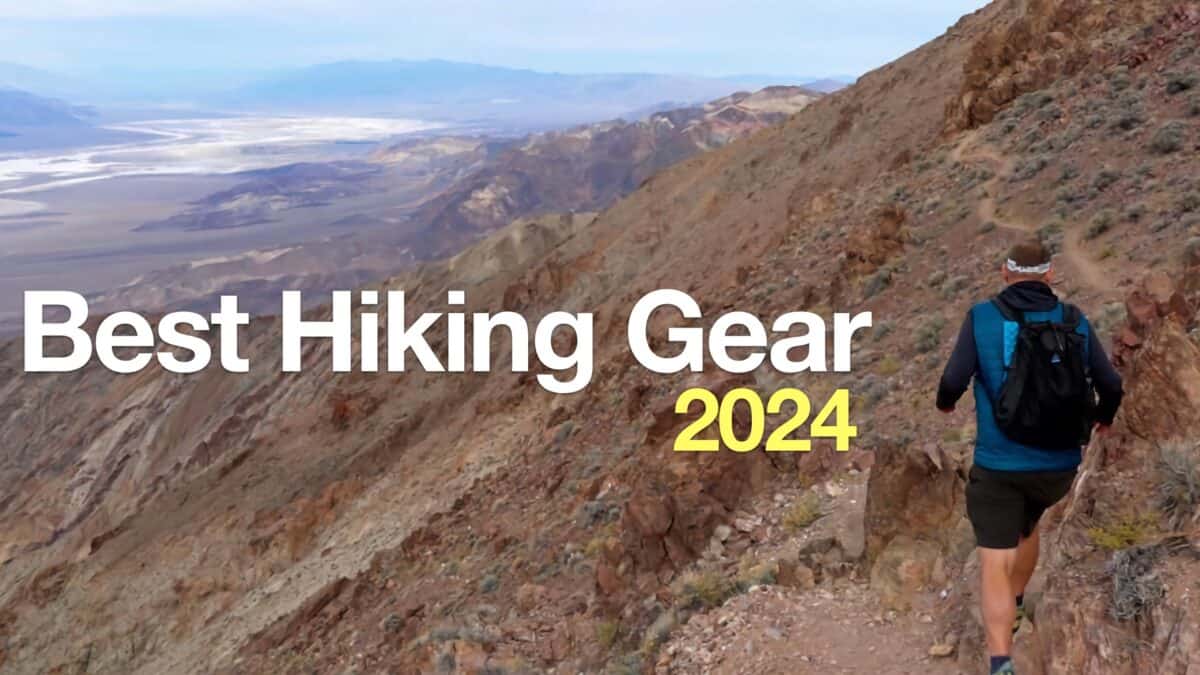 Best Hiking Gear 2024
Best Hiking Gear 2024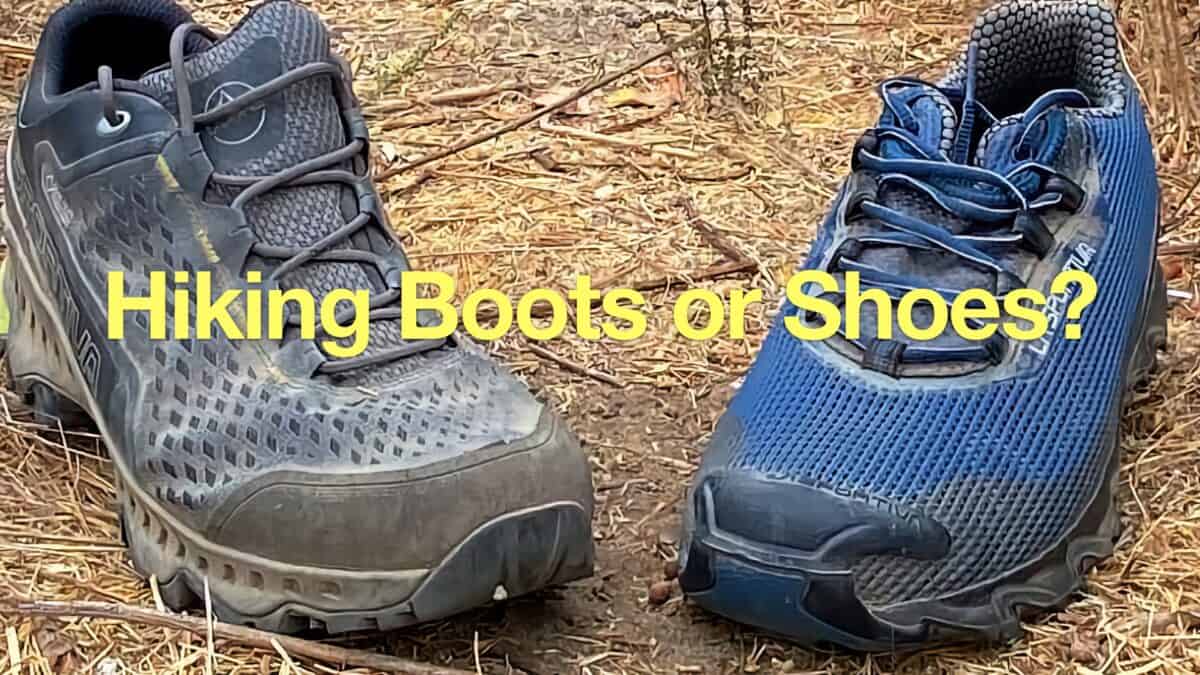 Hiking Boots or Shoes: Do I Really Need Hiking Boots?
Hiking Boots or Shoes: Do I Really Need Hiking Boots?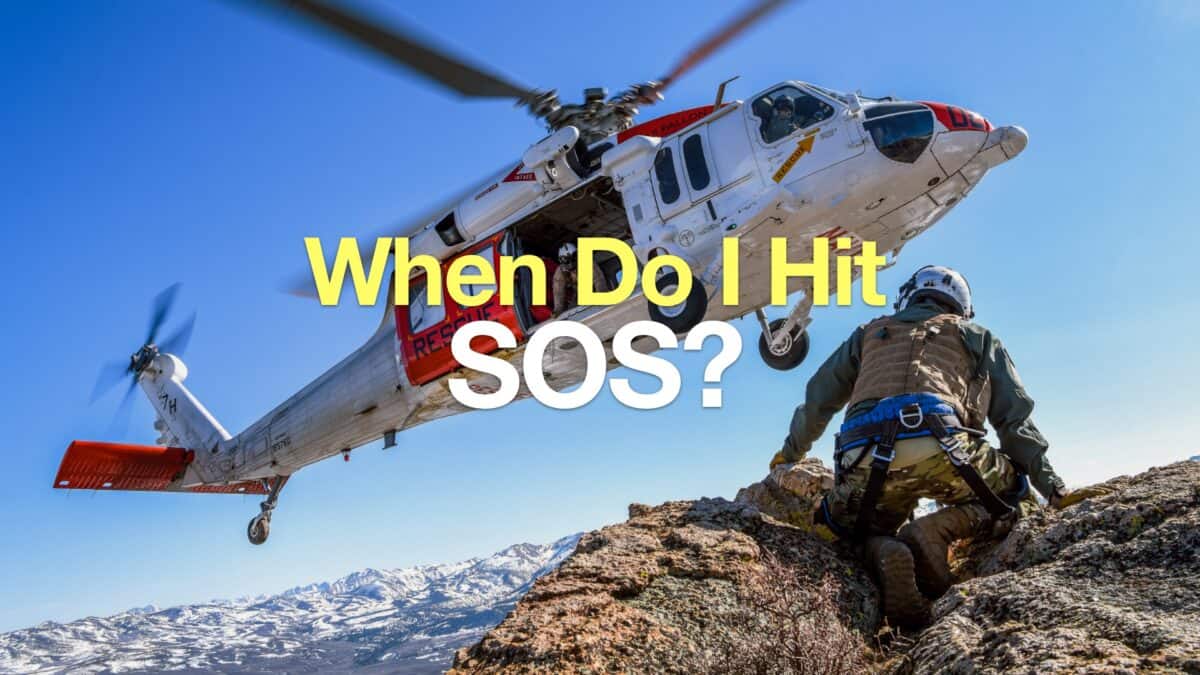 When to Hit SOS on inReach
When to Hit SOS on inReach